Whether you’re ditching the car or want an easier ride to the top of trails, an electric bike can offer many of the benefits of a non-assisted bike, with motorised power on tap when you need it.
Electric bike technology has advanced at a pace in recent years. From diminutive electric folding bikes to long-tail e-cargo bikes, you can now find pretty much any type of bike with a motor.
In this general guide to electric bikes, we’ll explain exactly what an ebike is, how an electric bike works, how to ride an ebike and answer some of the key questions you may have before buying. You can skip to the different sections by hitting the links below:
- What is an electric bike?
- How does an electric bike work?
- How do you regulate motor power?
- How much does an ebike weigh?
- How do you ride an electric bike?
- What range will an electric bike have?
- What types of electric bike are there?
- Can you convert a bike into an ebike?
What is an electric bike?

An electric bike, or ebike, is a bicycle equipped with an electric bike motor to assist you when you’re pedalling. The motor will get its power from a rechargeable battery mounted on the bike.
To classify as an ebike, the motor has to help you rather than propel you on its own. As a result, you need to pedal to get that assistance. How much power the motor delivers is regulated based on how hard you are pedalling and the level of support you have selected.
Electric bike systems offer a number of modes to choose from, enabling you to balance the amount of power supplied through the pedals with range and battery life.

Electric bike laws on how much help the motor can provide and the speed at which assistance cuts out vary around the world. However, in general, the motor is limited to 250 watts' output and must cut out when your speed reaches 25kph/15.5mph – except in the USA, where it can continue to work up to 20mph.
You can go faster than that, of course, but only under your own effort – the bike’s motor will no longer provide assistance.
Electric bike laws in the UK
ccording to the Department for Transport (in the UK), for a bike to be classified as an electrically assisted pedal cycle (EAPC), it must have pedals used to propel it, and meet the following requirements.
It must show either:
- The power output
- The manufacturer of the motor
It must also show either:
- The battery’s voltage
- The maximum speed of the bike
Its electric motor:
- Must have a maximum power output of 250 watts
- Should not be able to propel the bike when it’s travelling at more than 15.5mph
How does an electric bike work?

An electric bike will typically have a motor housed either centrally on the bike (often referred to as a mid-drive motor, powered through the cranks) or on the front or rear hub.
Whereas a hub-based motor will push the wheel around directly, an axle-mounted motor will work through the ebike’s chain and gears.
When you pedal, a torque sensor will measure how much effort you are putting in and match that to the motor’s power output.
The idea is that the motor won’t completely take over; instead, you should get consistent power delivery that won’t send the bike lurching forward.
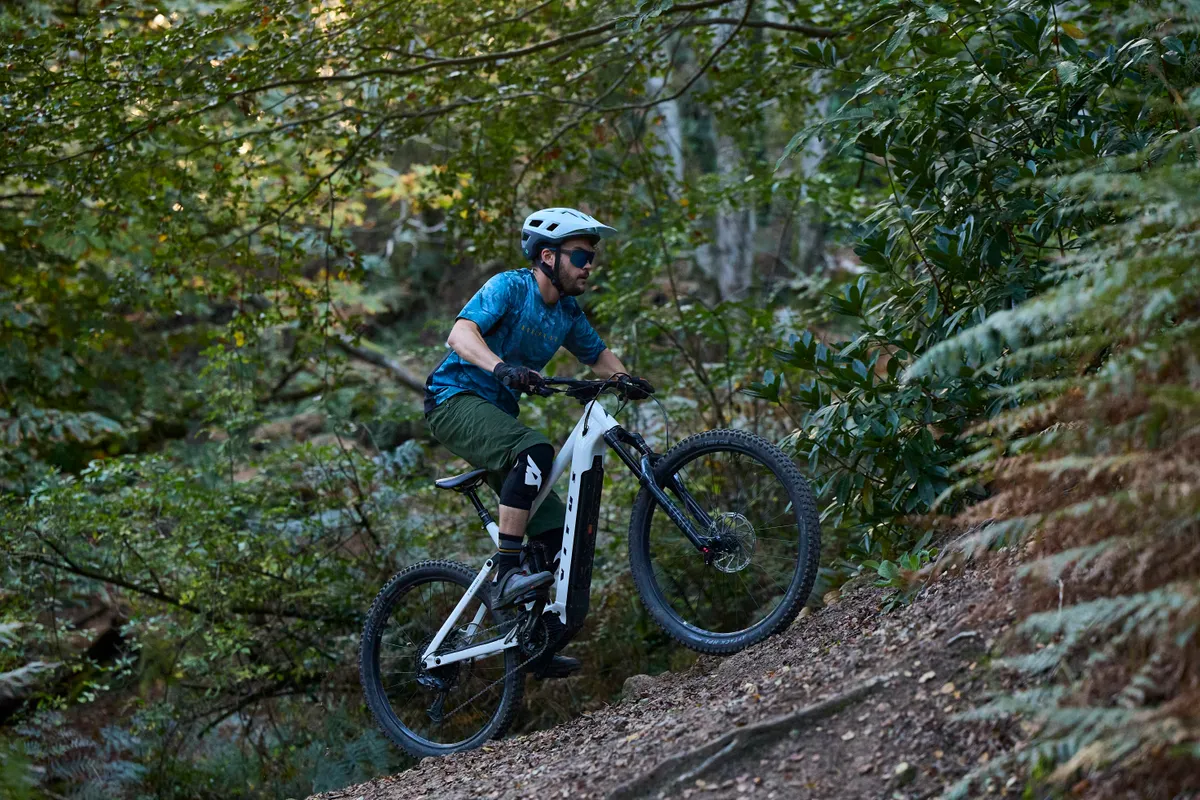
Power comes from the battery, which might be mounted on the outside of the frame or hidden within it.
Many batteries can be removed for charging, although others need to be charged on the bike. If that’s the case, you need to have somewhere to park the bike near a power socket.
There will be a controller for the motor, usually mounted on the handlebar or integrated within the frame, that enables you to decide how much assistance you want, and to keep an eye on the battery level. Some will include a screen with navigation and other functions too.

Bosch, Shimano, Yamaha, Specialized, Mahle, FSA and Fazua all make popular ebike motors. Specifications can vary significantly and the type of motor found on a bike will depend on its price and the type of riding its intended for.
For example, an electric road bike is more likely to favour a lightweight system with smooth power delivery, whereas a motor on a high-spec electric mountain bike is likely to offer more torque for off-road capability.
How do you regulate motor power?

An electric bike will usually have between three and five levels of assistance, selected via its controller.
These can give you anything from a gentle push to lots of power for tackling steep off-road climbs, depending on the specifications of the bike’s motor.
Some will also have a ‘boost’ button, which you can use to increase the power output for short bursts of additional power.
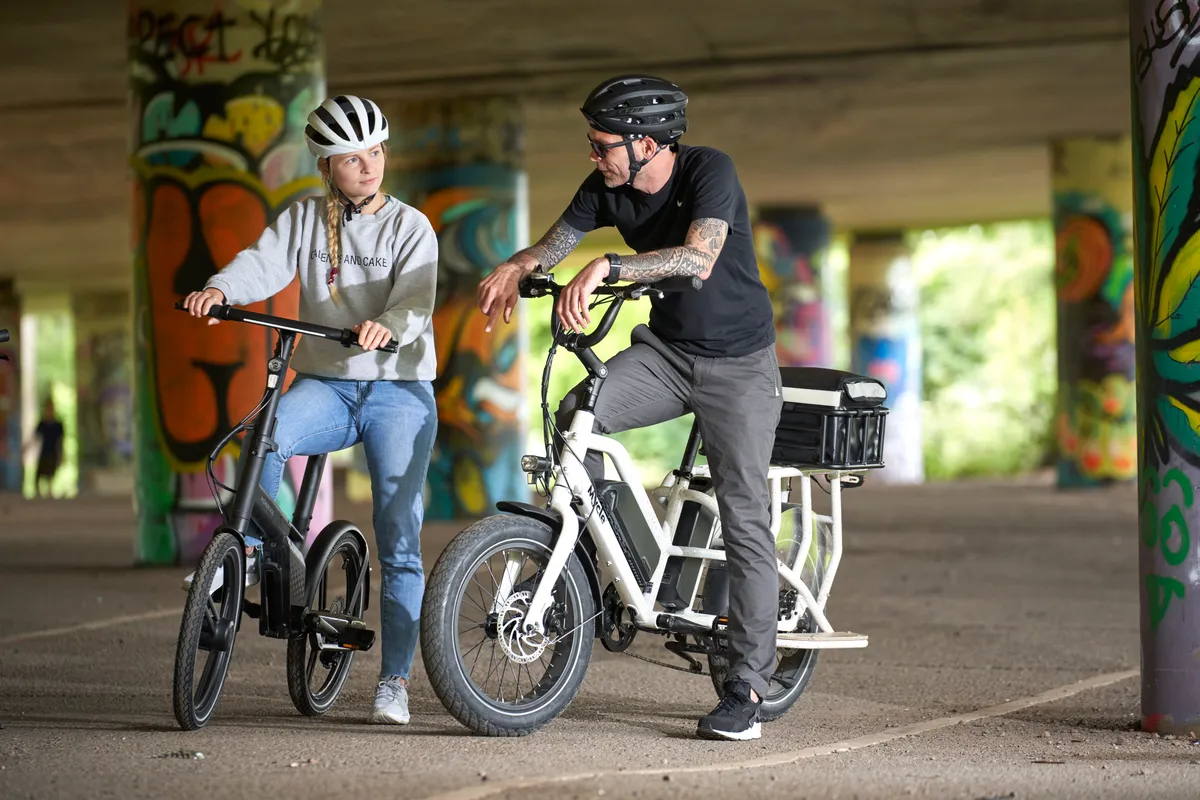
Many bikes also offer a walk-assist mode, to make it easier to push when you're off the bike.
You can change between assistance levels as you ride and there's usually the option to switch the motor off completely and ride under pedal power alone.
Many ebike motors are designed to be drag-free when switched off, but there is still the additional weight to overcome.
How much do ebikes weigh?
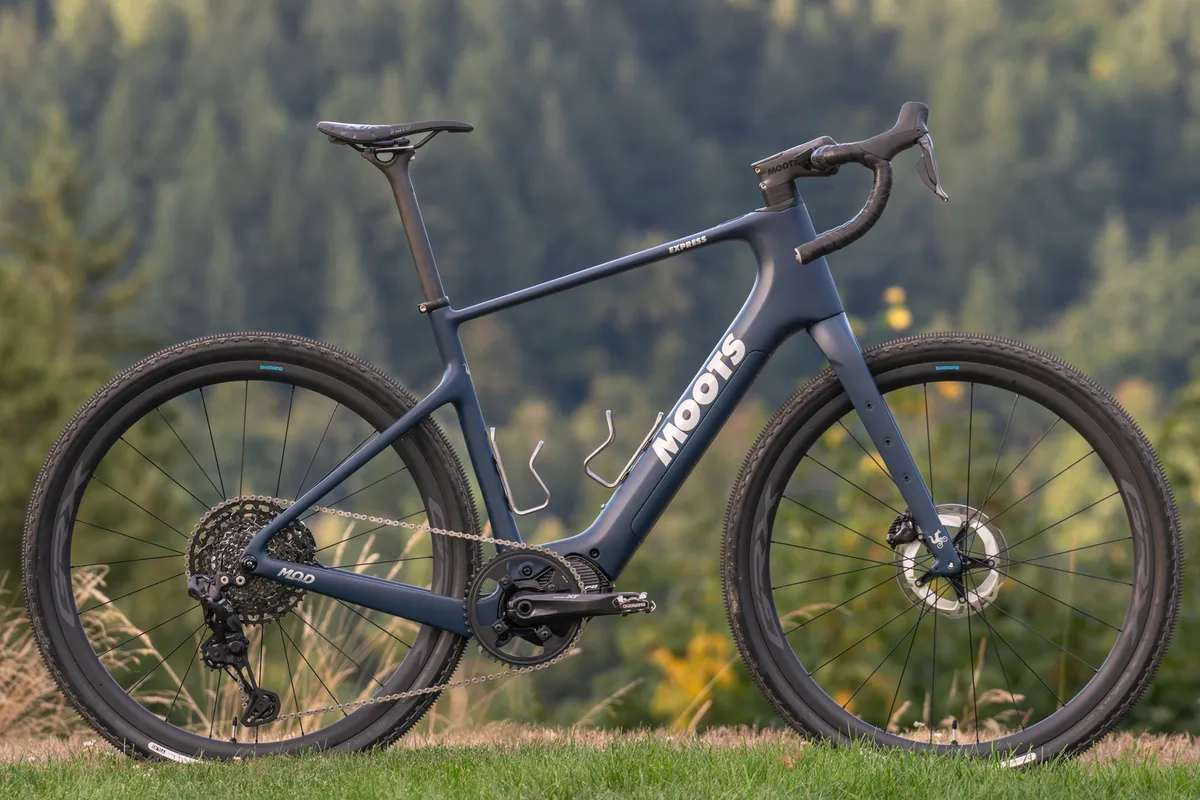
Electric bikes are heavier than non-assisted bikes and there’s a wide variation in the weight of ebike motors and batteries.
The lightest systems come in at less than 4kg and are typically found on electric road bikes, but most systems weigh around 6 to 8kg – and sometimes more.
The additional mounting points and frame reinforcement required on an electric bike can add some extra weight, too.
The weight of your system will depend partly on budget, but also the intended use of the bike.

Bikes that require lots of power, for example an electric cargo bike or e-MTB, are more likely to have a heavier motor and battery package. The exceptions are lightweight electric mountain bikes, which downsize the motor to reduce weight.
An electric road bike requires less assistance and will prioritise lighter weight.
The latest e-road bikes are near-indistinguishable from non-motorised bikes, thanks to the sleek, integrated design of the motor and battery.

The extra weight associated with electric bikes is worth bearing in mind if you need to lift or carry your machine anywhere.
If that's the case, consider how much extra weight you can comfortably handle.
However, for day-to-day riding, the benefits of having a motor should trump any extra weight, particularly when it comes to climbing… unless you run out of battery.
How do you ride an electric bike?

Riding an electric bike is pretty much like riding a non-motorised bike of the same type.
You switch on the motor, select the assistance level you want using the controller, and then pedal. The motor will make initial acceleration much easier and then help you keep up to speed, particularly when you need to climb a hill.
However, because of the extra weight from the motor and battery, an electric bike may handle a bit more sluggishly than a non-assisted bike.
It may also have wider tyres to carry the extra weight and provide more grip, and it will usually have disc brakes because there’s more mass to slow down and stop.
What are the advantages and disadvantages of riding an electric bike?

The benefits of riding an electric bike overlap with the general benefits of cycling. You still have to press on the pedals and get exercise. Therefore, you can get fit on an electric bike (or even fitter than on an unassisted bike).
Because you can ride further and for longer on an ebike, you can raise your training volume. This is key to improving cycling endurance. You can also ride faster at a given level of effort, so you can keep up with fitter mates on a group ride.
Electric bikes often incorporate a power meter to record your input as well as the motor's. If you're following a training plan, you can use this feature to stay within certain training zones, for example on climbs.
When you want to take it easier (for example, to prevent yourself breaking into a sweat on the way into the office), or need extra help up steep hills or to carry something heavy, you can increase the motor's assistance.
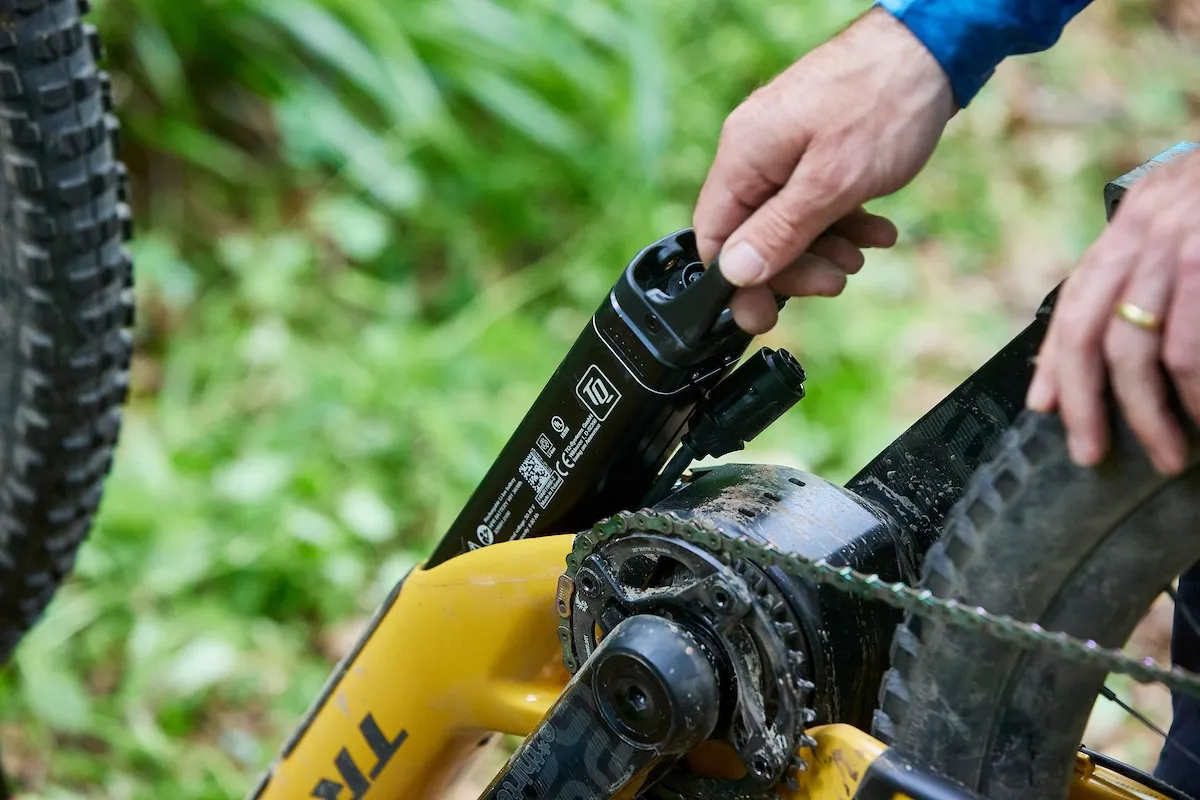
There are few downsides of riding an electric bike, provided you have sufficient budget, and space to store one. Look out for a bike with a removable battery if you don't have a power source within reach of your bike storage.
As we touched on earlier, ebikes are generally heavier than non-motorised bikes. Bear this in mind if you have to carry your bike upstairs at home or at work.
Weight can also affect handling, but the geometry and ride characteristics of modern electric bikes are much improved.
What range will an electric bike have?

Batteries on electric bikes can give you a range of anything from 20 to 100 miles or more on a full charge, depending on their capacity (measured in watt-hours and abbreviated to Wh). Batteries are expensive, so an ebike with a longer range will, in general, cost more.
You’ll usually get a battery-level indicator, while some control systems will give you an estimated range as you ride or regulate the power output to enable you to achieve your planned ride distance.
Some ebikes give you the option to plug in a second battery, which might fit in a bottle cage, to increase range. You can also lower the assistance level during a ride to help conserve the battery and extend the bike's range.
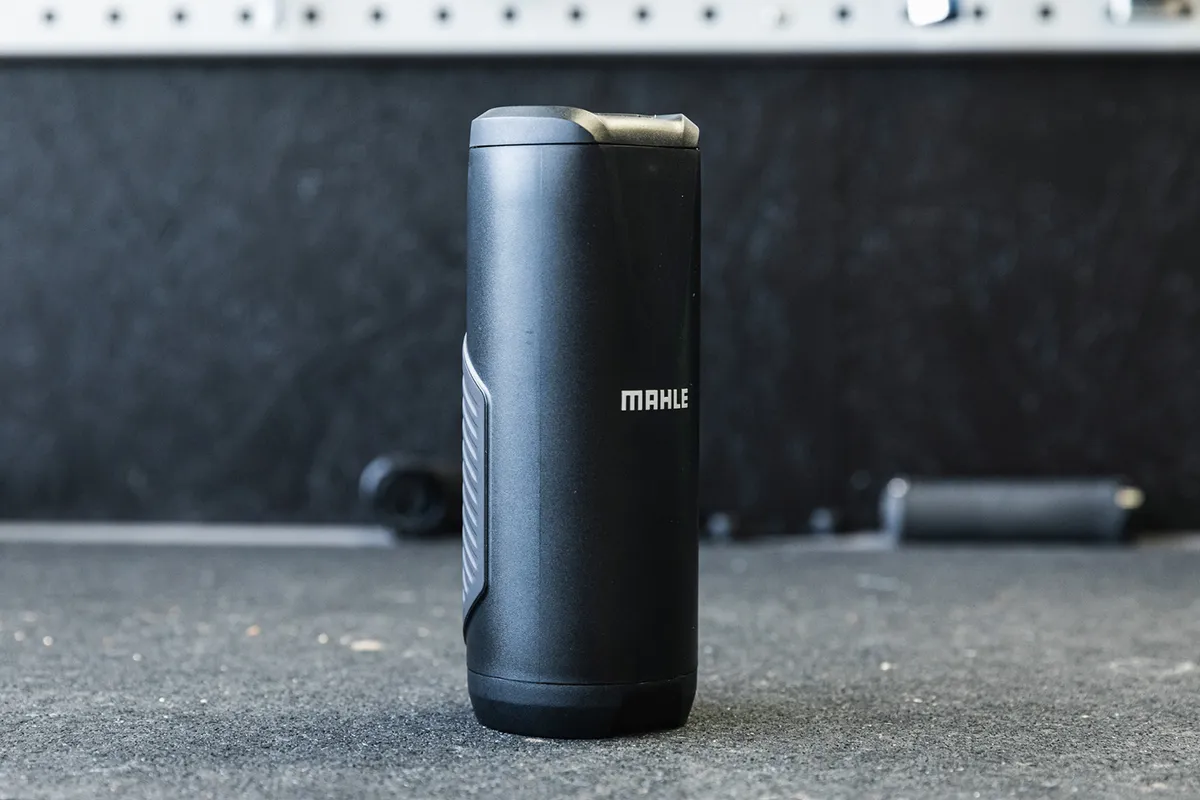
While many brands will offer an estimated range for a particular model of bike, and it is possible to gauge a bike’s theoretical range based on its motor power and battery capacity, ultimately it depends on the level of assistance you’re using and the terrain.
Fully recharging the battery from the mains can take anything from around three hours up to nine hours, or longer depending on the model, charger and battery capacity.
What types of electric bike are there?

We’ve got a separate guide to electric bike types since manufacturers have electrified all manner of bikes.
- Electric hybrid bikes have flat bars and chunky, puncture-resistant tyres, making them useful for commuting, shopping and more leisurely rides
- Electric mountain bikes normally have a beefy motor with a high-torque output to help you get up loose off-road climbs and over obstacles
- Electric road bikes have drop handlebars and are usually relatively lightweight (as far as electric bikes go), to help with handling and hill climbing
- Electric gravel bikes have wider tyres to enable you to ride off-road with confidence and drop handlebars for road speed
- Electric folding bikes are easy to pack down and carry, so they could be the best bike for commuting for people who hop on and off public transport on route to work
- Electric cargo bikes carry loads around town and further afield, meaning they can replace a car or van
Whichever electric bike you choose, we suggest you read our guides to electric bike insurance and electric bike maintenance to look after what's likely to be a sizeable investment.
In short, if you want a helping hand on your ride, you can find an electric bike to suit your needs.
Can you convert a bike into an ebike?
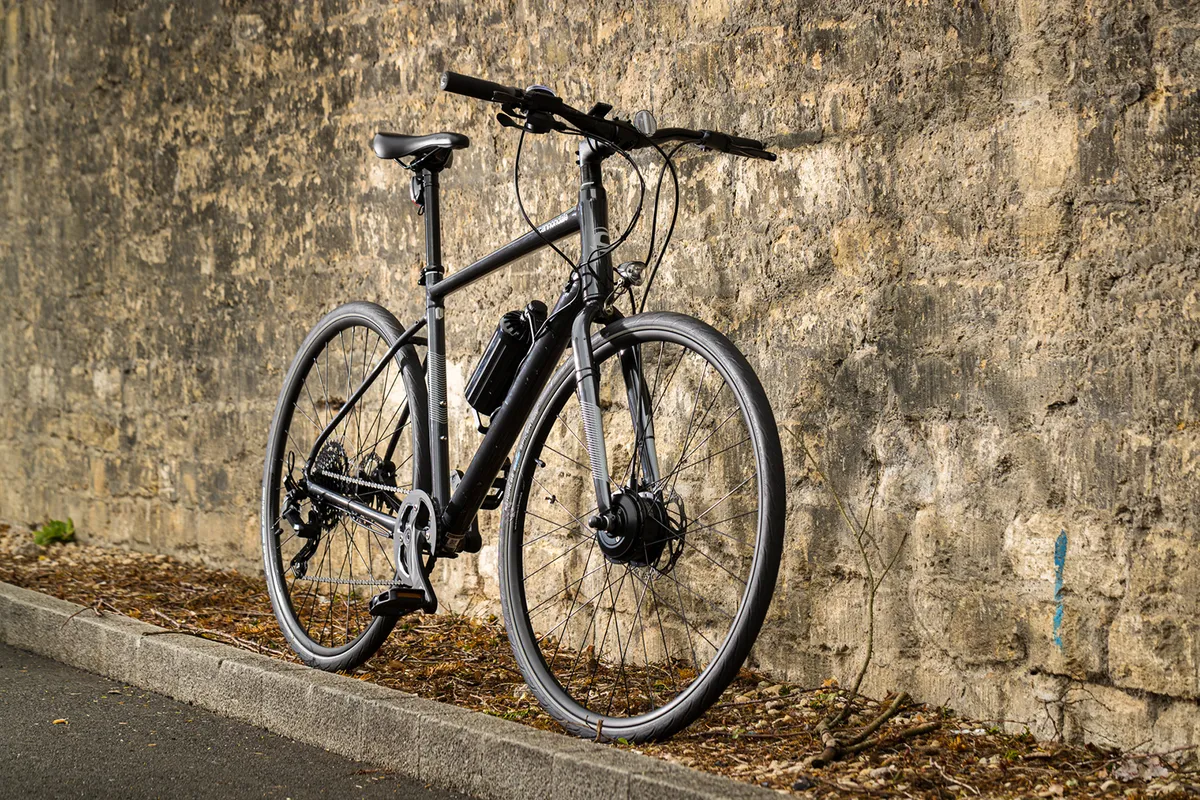
Yes, you can convert a bike into an ebike. There are an increasing number of electric bike conversion kits available, which enable you to add a motor to a non-assisted bike.
These kits are often a more affordable way to electrify your riding, compared to buying a whole new electric bike.
Electric bike conversion kits will include a motor as well as a battery to power it. They will also have controls to adjust the power output on the motor. The controls often mount to the handlebar of your bike.
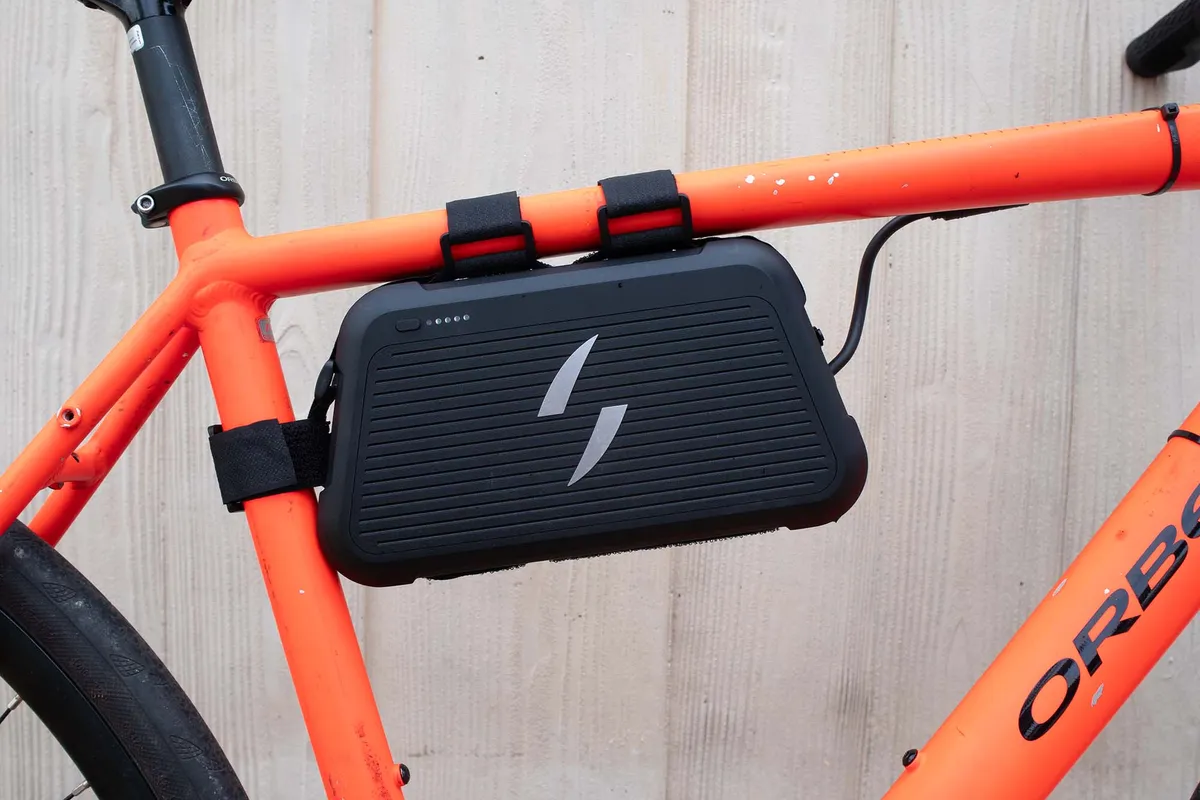
Conversion kits tend to come with sensors to detect speed and the level of power input required to ensure the motor matches your needs.
One of the most popular ebike conversion kits in the UK is the Swytch kit, which uses a hub-mounted motor.
Other kits use ‘mid-drive’ motors but some of these kits are compatible only with specific bottom bracket standards.
How to travel with an ebike

Travelling with an electric bike involves a little more thought than with an unassisted bike.
In the UK and Europe, ebikes are allowed on most trains but time and weight restrictions may apply. For example, some rail networks do not permit electric bikes on peak trains or electric cargo bikes at any time.
If in doubt, ask the train operator and book in advance.
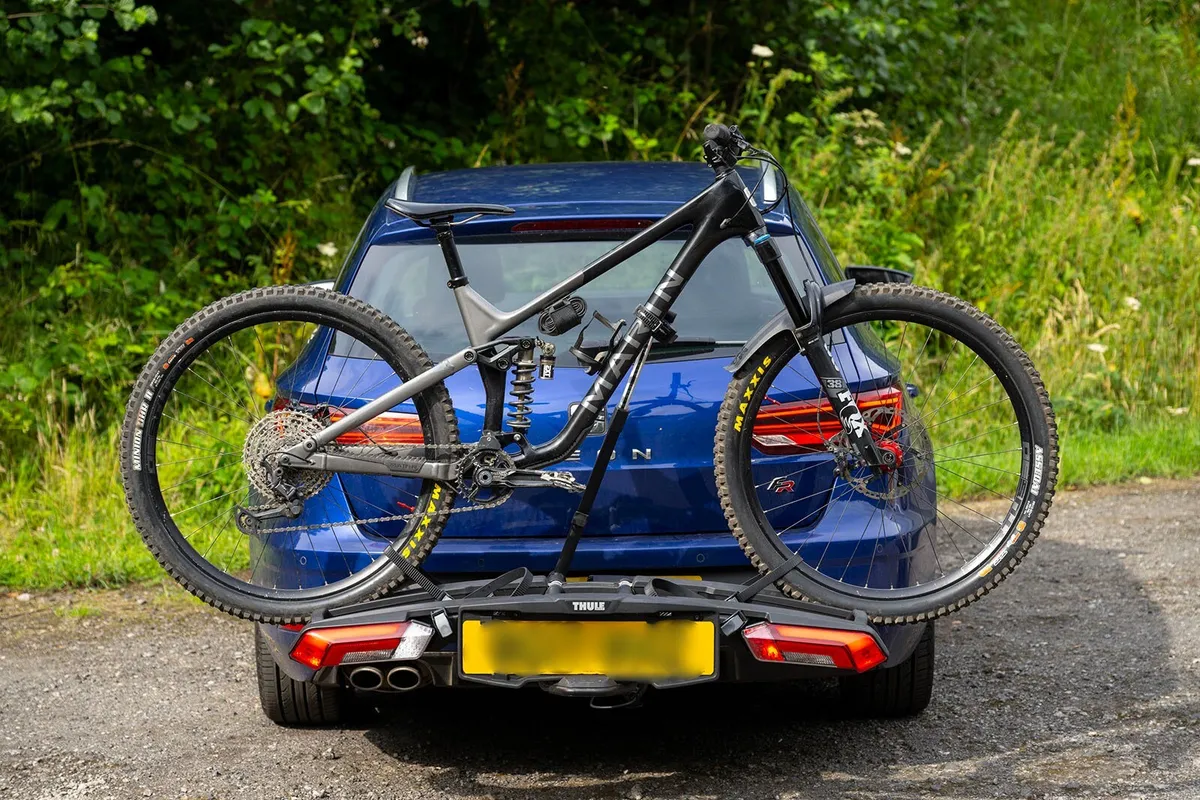
To transport your electric bike by car, you may need a dedicated bike rack. Heavier electric bikes may exceed the weight limit.
Before flying with your electric bike, you'll also have to check with the airline.
Some ban ebikes outright, while others allow them as long as you remove the battery. It's common for carriers to place restrictions on the size of the battery you can fly with.
